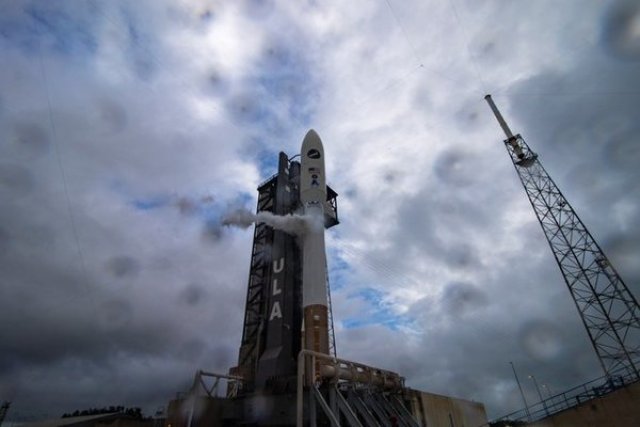The launch of the Atlas V launch vehicle with a satellite was postponed to September 27
WASHINGTON, September 16. /TASS/. The launch of the next - already the ninth - Earth remote sensing satellite from the Landsat series has been postponed from September 23 to 27. This was announced on Wednesday on its website by the US National Aeronautics and Space Administration (NASA).
"The installation of the device on the Atlas V launch vehicle at the Vandenberg Space Force Base in California has been postponed due to strong wind gusts and the need to take into account the interests of other users of this base. As expected, the launch of Landsat 9 will be carried out no earlier than September 27, " the agency noted.
The continuous study of the Earth's surface from orbit - a joint project of NASA and the US Geological Survey-has been going on since 1972, when Landsat 1 was launched. In terms of their size, these devices are comparable to a minibus. Their creation, as well as their launch into space and operation during the first five years, cost almost $1 billion. The satellites are equipped with the most advanced optical and infrared equipment that allows obtaining information about global climate changes, monitoring the water, agricultural, and natural resources of the Earth.
According to NASA, since 1972, researchers have received more than 8 billion images from these satellites, of which two - Landsat 7 and 8-continue to function. At the same time, 1.86 billion images were received from the Landsat 8 satellite, launched into space in February 2013.
The ninth satellite is intended to replace Landsat 7, which was launched in April 1999. It will be launched into the same orbit with a height of approximately 705 km, which will make it easier to calibrate the onboard instruments. It is assumed that Landsat 9 will transmit over 700 images every day.
The planned duration of its work is five years. However, NASA scientists expect that the device will last much longer than the time allotted to it: Landsat 5, launched into orbit in 1984, transmitted images for 28 years and 10 months.

